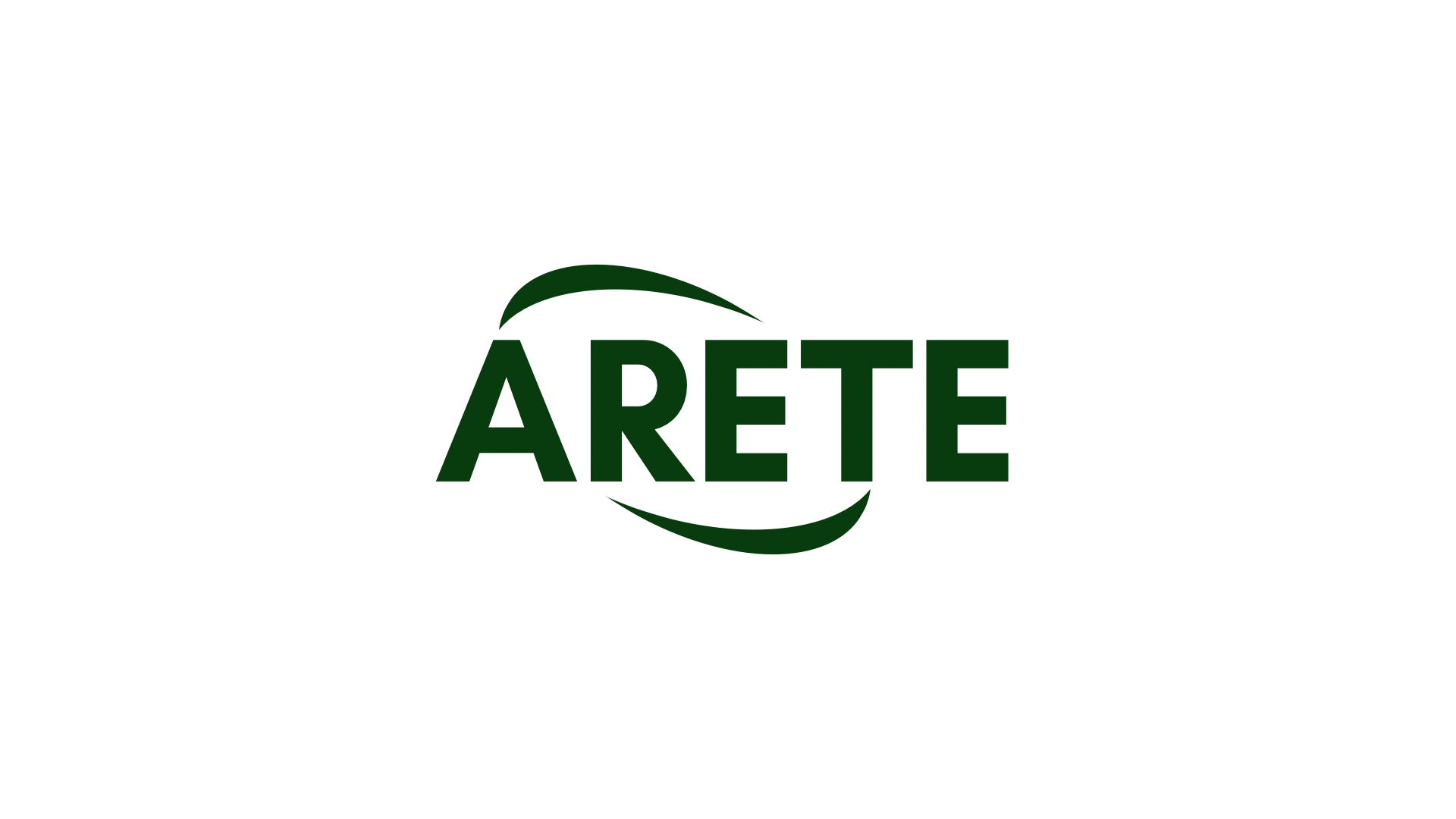Using a Programmatic Public Address (PDA) Account in Another Program
In the Solana ecosystem, a Programmatic Public Address (PDA) account allows for secure and efficient management of token transfers. However, when it comes to using such an account in another program or application, there are specific requirements that must be met.
Background
A PDA is a public address that can be used by any program to receive funds. However, not all programs allow withdrawals from their PDA accounts. To resolve this issue, we need to consider how the withdrawal process works and what it takes for an account to be allowed to use in another program.
The Withdrawal Process
When you create a PDA account in a Solana program, the following steps occur:
- The program creates a PDA account using its own wallet.
- When a user withdraws funds from their PDA account, the withdrawal transaction is sent to the program’s PDA account.
- The program’s PDA account signs the withdrawal transaction with its private key, which allows it to verify the sender and the amount being withdrawn.
The Problem
Now, let’s consider how an account created in a program can use a whitelist-based withdrawal process that only allows users from specific whitelisted addresses to withdraw funds. This requires some additional setup and configuration:
- The PDA account must be configured to accept withdrawals from the original program.
- The original program must implement a function that notifies the whitelisting service when a withdrawal is attempted, using the PDA account’s public address.
- When a user attempts to withdraw funds using their PDA account, the following steps occur:
a. The user initiates the withdrawal transaction and submits it to the network.
b. If the original program has configured the PDA account correctly, it will sign the withdrawal transaction with its private key.
Solution

To resolve this issue, we can implement a custom solution that allows an account created in a program to use a whitelist-based withdrawal process when connected to the same Solana network. Here’s one possible approach:
- Introduce a new wallet on the original program that provides a PDA-like address.
- Configure the new wallet to accept withdrawals from its public address using the original program’s private key.
- When an account created in the original program attempts to withdraw funds, it can use the new wallet’s PDA-like address to sign the withdrawal transaction.
Example Code
Here’s a simple example of how this could be implemented using Solana SDK:
“`typescript
import { Account, Program } from “@solana/web3.js”;
import { splTokenProgram } from “./spl-token-program”;
const originalProgram = new Program(splTokenProgram, “original_program”);
const newWallet = new Account(“new_wallet”, “new_wallet_address”);
async function withdrawFunds(account: Account) {
// Get the private key of the account’s PDA-like address
const privateKey = await account.getPrivate();
// Create a new wallet with the new PDA-like address
const newWalletProgram = new Program(splTokenProgram, “new_wallet-program”);
const newWalletAddress = await newWalletProgram.createAccount(privateKey);
// Sign the withdrawal transaction using the new PDA-like address
const withdrawalTransaction = {
account,
amount: splTokenProgram.amount,
};
const signedTransaction = await originalProgram.signTransaction(withdrawalTransaction, privateKey);
// Send the signed transaction to the network
await originalProgram.sendSignedTransaction(signedTransaction);
}
// Usage:
const newWallet = await originalProgram.newWallet();
newWalletProgram = await newWallet.createAccount(newWalletAddress);
withdrawFunds(originalProgram.

